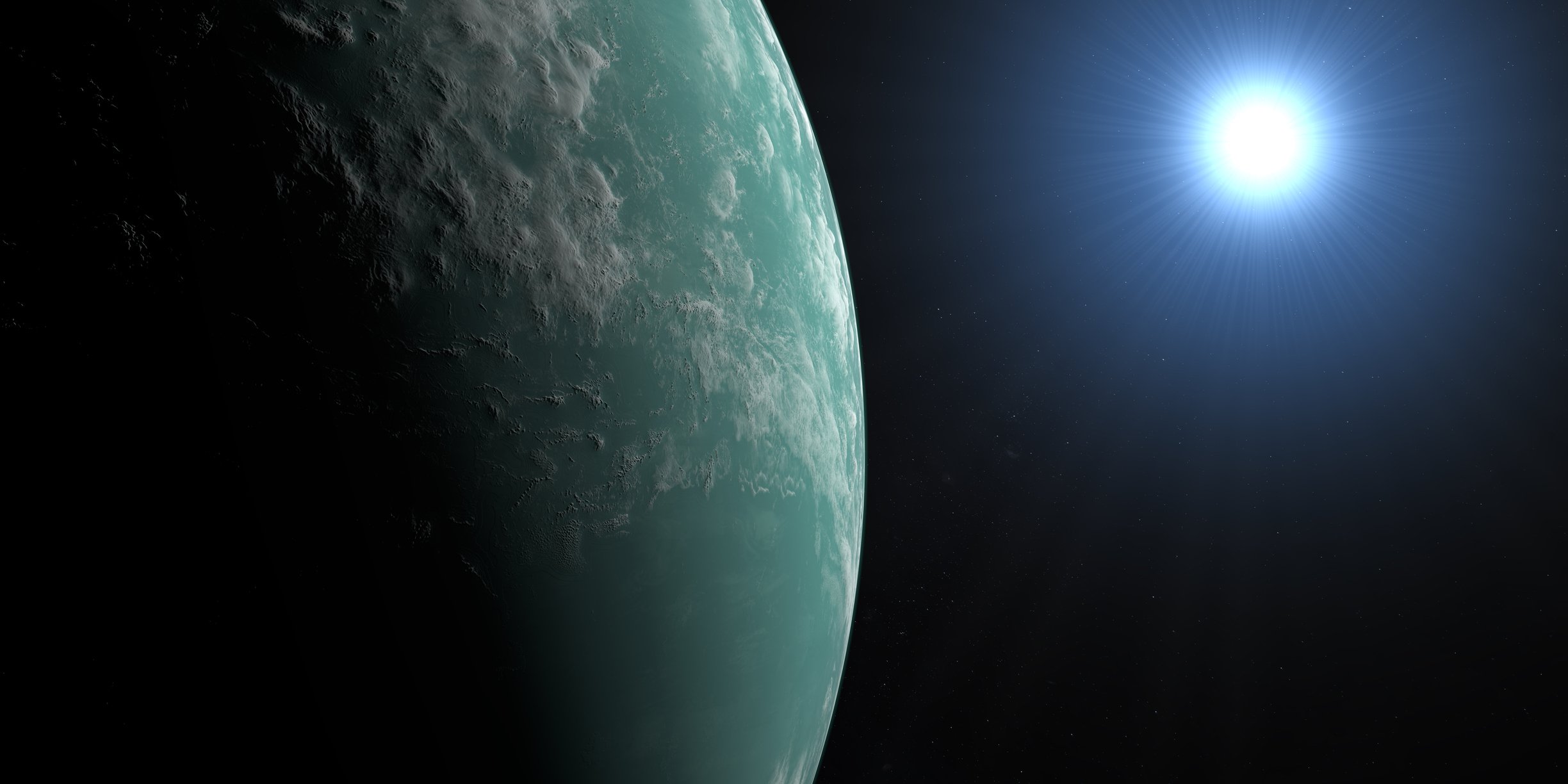According to a study published in the scientific journal The Astrophysical Journal Letters, an exoplanet could offer a water-filled surface that would make life possible, just like on Earth; The planet was discovered by a team of scientists in 2017. The cosmic object, called LHS 1140b, orbits in the habitable zone of a small star called LHS 1140.
The exoplanet, located about 50 light-years from Earth in the constellation Cetus, was initially mistaken for a simple rocky planet. However, scientists who analyzed the new study noted that it was not dense enough to consist only of rocks. They believe the surface may host much more water than Earth or lighter elements such as hydrogen and helium in the atmosphere..
For now, scientists cannot yet confirm the presence of water on the surface of LHS 1140b; If the information is confirmed, the exoplanet will become the focus of astronomers’ attention in the coming years. In the future, the James Webb Space Telescope (JWST) may help verify the data.
“Since the planet is in the habitable zone, this is really interesting because if a planet in the habitable zone had water on its surface, you would expect some of the water to be liquid. So this is a really interesting scenario from a habitability standpoint,” said Charles Cadieux, one of the co-authors and an astronomy researcher at the University of Montreal, in a message to the website space.
Water-rich exoplanet
Currently, the TRAPPIST-1 star system is known as the most suitable region for life outside the Solar System to be possible. It is home to seven exoplanets with sizes similar to Earth’s; three of them orbit the star in the habitable zone. According to Cadieux, TRAPPIST-1 may not offer many options for life, as recent data collected by JWST suggests that the system does not offer water on the surface of these planets.
The scientist explains that LHS 1140 is much less active than TRAPPIST-1; This means the area produces fewer explosions. The energy emitted by the star may be sufficient to create habitable conditions in nearby areas; in fact, the cosmic object is only 20% the size and mass of the Sun. In any case, the researchers say they need to collect more data with the James Webb telescope to confirm the information.
“I think LHS 1140 is the most interesting exoplanet system after TRAPPIST-1 in terms of habitability. The results of our study help us determine what we should look for in other programs in the future. If it is possible to confirm in the future that this is a water world, we can do some modeling of the planet’s climate to see if there is liquid water on the surface. “This will be the first indirect detection of liquid water on an exoplanet and will be a wonderful discovery,” Cadieux concludes.
Did you like the content? Follow the latest research on exoplanets at TecMundo. If you wish, take the opportunity to understand how NASA discovered 17 exoplanets with habitable oceans and geysers.
Source: Tec Mundo
I’m Blaine Morgan, an experienced journalist and writer with over 8 years of experience in the tech industry. My expertise lies in writing about technology news and trends, covering everything from cutting-edge gadgets to emerging software developments. I’ve written for several leading publications including Gadget Onus where I am an author.













